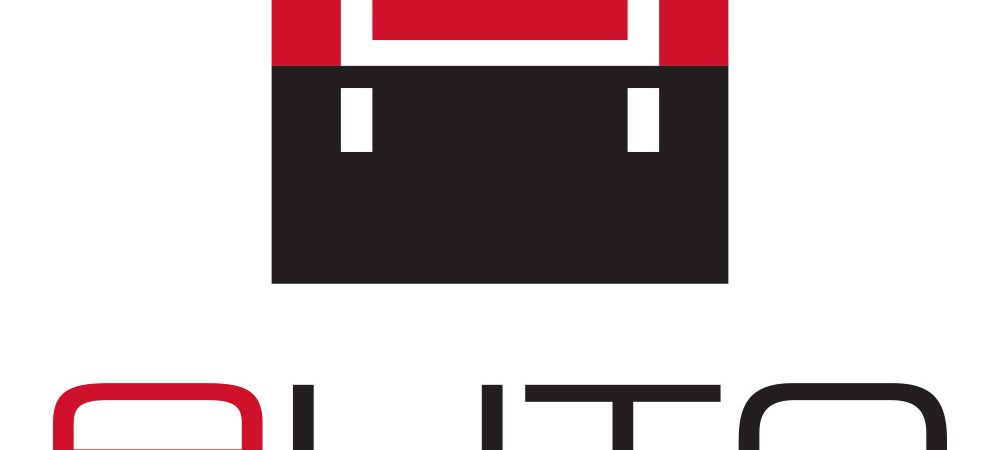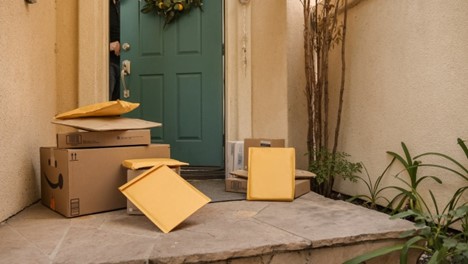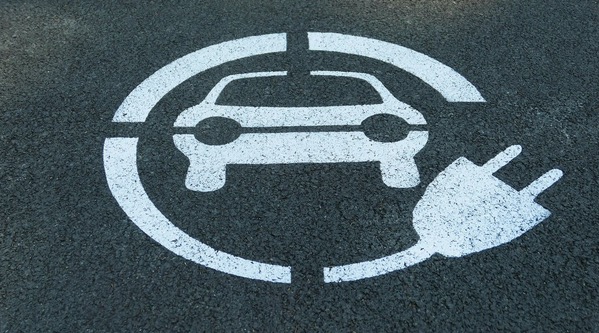 In 2022, having an effective and attractive website to promote your business is an absolute must. However, you can create the most beautiful, legible website out there – but that doesn’t mean anyone is going to visit it.
In 2022, having an effective and attractive website to promote your business is an absolute must. However, you can create the most beautiful, legible website out there – but that doesn’t mean anyone is going to visit it.
In this issue of the Pulse, we look at how you can increase traffic to your website, and hopefully turn that into low-cost customer acquisition.
Know your target audience.
Who do you want visiting your website? Who is the target demographic to buy your product? Before you begin developing a strategy to boost website traffic, it’s important to be able to answer these questions.
You must be able to match your target demographic with a source, or sources, of internet traffic that makes sense. For example, a bakery might have better luck marketing on Instagram than on LinkedIn, but an accounting firm might have better luck on the latter than the former. Don’t waste time or money marketing on Tik Tok if your desired audience isn’t using that app.
Finding out which source is going to be the best for your business is going to take a bit of industry and demographic research, but it should help narrow down your effort. There’s no need to stretch your resources too thin.
Do you need to pay for ad campaigns?
There is no easy answer to this. Ad campaigns might be an incredibly helpful source of traffic, or they might be an unnecessary expense.
According to Hootsuite, for Business to Customer (B2C) businesses, “paid posts are the best way for brands to target new audiences on social media, and convert them to customers.”
Likewise, Shopify says “with paid social media ads, you can create highly targeted campaigns that serve tailor-made ads to the customers who are most likely to click through and purchase your products.”
Typically, ads are used to:
- Raise brand awareness.
- Promote newest deals, content, events, etc.
- Generate leads.
- Drive conversions.
All of these purposes will likely increase your website traffic.
Things to remember with paid campaigns.
While paid content allows you to beat the algorithms of various social media platforms and reach a larger audience than you might organically, there are some drawbacks. Not only is it an added expense in your monthly budget, but they do also require some social media expertise to leverage their full potential.
If possible, target users who have already shown an interest in your niche. Hootsuite recommends the “tried-and-true formula: target people who follow similar accounts… offer them a substantial discount, and direct them to a frictionless landing page.”
Likewise, remember that not every post made on your business’ social media needs to be promotional. Too much is overdoing it on your wallet and your audience.
Utilize free social media engagement.
While you should absolutely avoid spamming the internet with links to your website, posting and engaging in conversation on social media – in a relevant, professional way – is a great way to generate traffic, and one that only costs soft hours.
One of the nice things about this method of utilizing social media, compared to paid ads, is that it helps establish a relationship between your brand and your target demographic.
Take, for example, a small retailer with an Instagram presence who makes products for dogs. Many users on Instagram have accounts for their dogs, and will tag the retailer in the posts where their dogs are wearing or using that product. By interacting with those posts, the retailer not only expanding their audience reach, but also reaffirming company values and creating a great customer service experience.
Of course, this is all going to be dependent on your business and ideal customer – but there is certainly success to be had with this method.
Build incentive with giveaways, sales, contests, etc.
People love feeling like they’re getting a great deal. One way to garner more website traffic is to build excitement around your brand or your products by offering a time sensitive event. Whether that’s a giveaway, sale, contest, or discount code; something that drives prospective customers to visit your website and do it soon.
If you’re feeling especially adventurous, and your products or services are suitable, you can even try influencer marketing.
Deliver content that adds value for customers.
Rather than focusing only on the hard sell, developing content that brings your audience informational value or solves problems while being professional and polished is a great way to bring in traffic.
According to SEO expert Semrush, blogging is important for business sites because it can:
- Increase your visibility organically in search engines.
- Establish your business’ credibility as an industry leader and trusted resource.
The same, or similar, can be said for video and podcast content.
In conclusion…
While this is by no means an exhaustive list, it shows that there are a lot of ways your business can leverage the internet to promote your website. And often, this can be done in inexpensive and organic ways.















